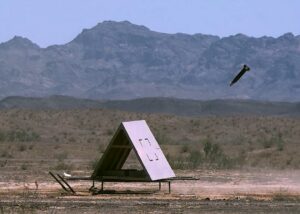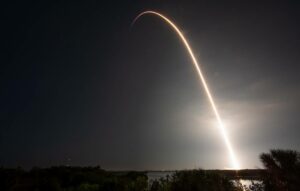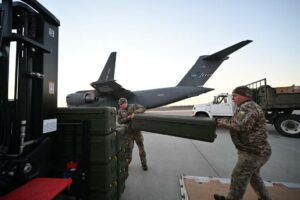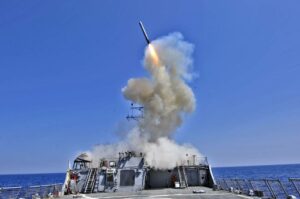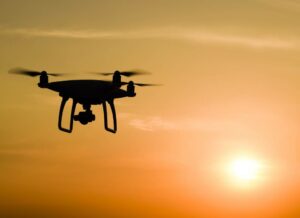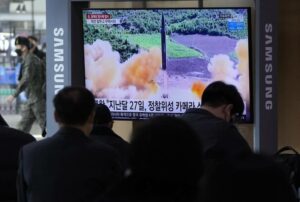PARIS — France and the United States will lead a coalition of 23 countries to provide artillery and ammunition to Ukraine, French Armed Forces Minister Sebastien Lecornu said Jan. 18.
The coalition aims to boost Ukraine’s artillery capacity in the short term, and France is looking for its partners to help finance the purchase of 72 Caesar howitzers for Ukraine in 2024, according to Lecornu.
Artillery battles have been a major feature of Russia’s war in Ukraine, with both sides firing thousands of shells daily. NATO countries in the past two years have provided an array of artillery pieces to bolster Ukraine’s firepower, including BAE Systems’ towed M-777 howitzer, the wheeled Caesar developed by Nexter, and Krauss-Maffei Wegmann’s tracked Panzerhaubitze 2000.
“As the situation on the battlefield shows, there is no substitute for modern artillery,” Ukrainian Defense Minister Rustem Umerov said via video in a press conference with Lecornu. “A stronger artillery capability is one of our key needs to win this war.”
RELATED
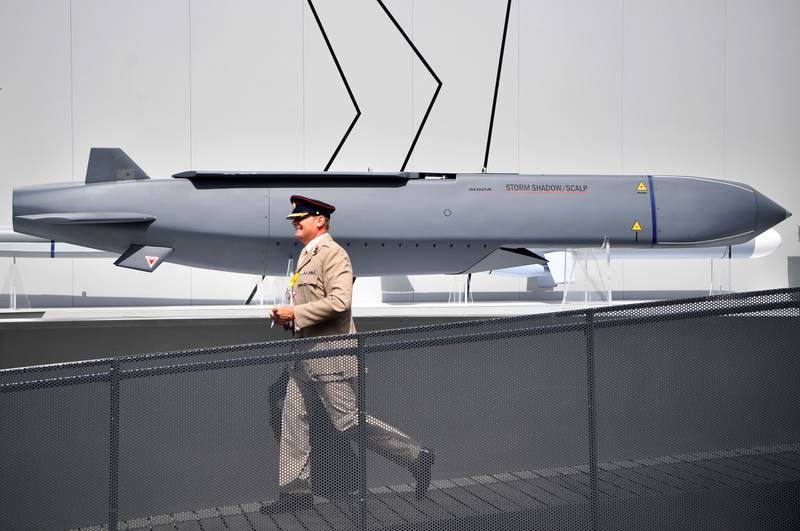
Ukraine ordered six Caesar howitzers from Nexter in December that will be delivered in coming weeks, according to Lecornu. The company is capable of manufacturing an additional 72 of the truck-mounted guns for Ukraine this year, for total potential production of 78, he said. Nexter, part of KNDS, has increased output of the howitzer from two a month at the start of 2022 to six per month by last fall.
France has freed up €50 million ($54 million) that Lecornu says will buy 12 Caesar guns for Ukraine. The country is appealing to its coalition allies to chip in about €280 million for another 60 howitzers, including the costs of personnel training, operation and ammunition.
Other members joining the artillery-for-Ukraine coalition include Germany, the U.K., Canada and Poland, according to the French government. In December, the U.K. announced a coalition co-led by Norway to rebuild Ukraine’s navy, while Germany and Poland head a coalition to provide the embattled country with Leopard 2 tanks.
The countries providing military aid to Ukraine are reaching the limits of what they can deliver from stocks, and need to switch to a “production logic” that will allow the U.S. and European defense industries to directly connect with Ukraine, according to Lecornu.
French production of the 155-millimeter shells shells fired by the Caesar and other NATO-standard artillery will accelerate to 3,000 a month from January, after having already doubled last year from 1,000 a month before February 2022.
Within the framework of the coalition, Ukraine will determine its artillery priorities for the short, medium and long term, French officials said. The coalition has the double goal of helping Ukraine fight off Russia while providing an artillery force compatible with NATO.
Nexter will modernize the Caesar guns based on feedback from Ukraine, including associated drones and artificial intelligence-based recognition of Russian tanks, according to Lecornu.
France will additionally deliver 50 AASM air-launched munitions per month to Ukraine throughout 2024, Lecornu said in an interview with France Inter radio ahead of the press conference. He said the weapon, which is carried by French Mirage and Rafale fighters, has already been adapted for Soviet-era aircraft.
The AASM Hammer, made by Safran, is an air-to-surface weapon system with a range of more than 70 kilometers that is compatible with bomb bodies up to 1,000 kg, and Lecornu said the munition will allow Ukraine to strike deep behind Russian lines.
Lecornu said he has asked MBDA to speed up production of Aster air-defense missiles, similar to how the company boosted production of the Mistral short-range, surface-to-air missile. The minister said production of the Aster missiles, which are used by France’s multi-role frigates and in the SAMP/T air-defense system, is taking “much too long.”
Rudy Ruitenberg is a Europe correspondent for Defense News. He started his career at Bloomberg News and has experience reporting on technology, commodity markets and politics.
- SEO Powered Content & PR Distribution. Get Amplified Today.
- PlatoData.Network Vertical Generative Ai. Empower Yourself. Access Here.
- PlatoAiStream. Web3 Intelligence. Knowledge Amplified. Access Here.
- PlatoESG. Carbon, CleanTech, Energy, Environment, Solar, Waste Management. Access Here.
- PlatoHealth. Biotech and Clinical Trials Intelligence. Access Here.
- Source: https://www.defensenews.com/global/europe/2024/01/18/us-france-to-lead-artillery-coalition-for-ukraine/
- :has
- :is
- $UP
- 000
- 1
- 12
- 2000
- 2022
- 2024
- 23
- 50
- 60
- 70
- 72
- 8
- a
- About
- accelerate
- According
- adapted
- Additional
- Additionally
- After
- ahead
- Aid
- aims
- aircraft
- allow
- already
- ammunition
- an
- and
- announced
- Another
- appealing
- ARE
- armed
- Array
- artificial
- associated
- At
- based
- Battlefield
- battles
- BE
- been
- before
- behind
- Bloomberg
- bodies
- bolster
- bomb
- boost
- both
- Both Sides
- buy
- by
- CAN
- Canada
- capability
- capable
- Capacity
- Career
- carried
- chip
- coalition
- coming
- coming weeks
- commodity
- company
- compatible
- Conference
- Connect
- Costs
- countries
- country
- daily
- December
- deep
- Defense
- deliver
- delivered
- Determine
- developed
- directly
- double
- doubled
- Drones
- Europe
- European
- experience
- Fall
- false
- Feature
- February
- feedback
- fight
- fighters
- finance
- fired
- firing
- For
- Force
- Forces
- Framework
- France
- French
- from
- Germany
- goal
- Government
- GUNS
- hammer
- Have
- having
- he
- head
- help
- helping
- his
- How
- http
- HTTPS
- image
- images
- in
- include
- Including
- increased
- industries
- Interview
- ITS
- Jan
- January
- joining
- jpg
- Key
- Last
- Last Year
- lead
- limits
- lines
- Long
- looking
- made
- major
- manufacturing
- Markets
- medium
- Members
- Military
- million
- minister
- Mirage
- missiles
- Modern
- modernize
- Month
- more
- Need
- needs
- news
- no
- Norway
- of
- off
- officials
- on
- ONE
- operation
- Other
- our
- output
- part
- partners
- past
- per
- Personnel
- pieces
- plato
- Plato Data Intelligence
- PlatoData
- Poland
- politics
- potential
- press
- Production
- provide
- provided
- providing
- purchase
- Radio
- range
- reaching
- recognition
- Reporting
- Russia
- russian
- s
- Said
- says
- Screen
- Short
- Shows
- Sides
- similar
- situation
- SIX
- speed
- start
- started
- States
- Stocks
- strike
- stronger
- Switch
- system
- taking
- Tanks
- Technology
- term
- than
- that
- The
- There.
- they
- this
- this year
- thousands
- throughout
- to
- too
- Total
- Training
- two
- U.K.
- u.s.
- Ukraine
- Ukraines
- Ukrainian
- United
- United States
- us
- used
- via
- Video
- war
- War in Ukraine
- Weeks
- What
- which
- while
- will
- win
- with
- year
- years
- zephyrnet

